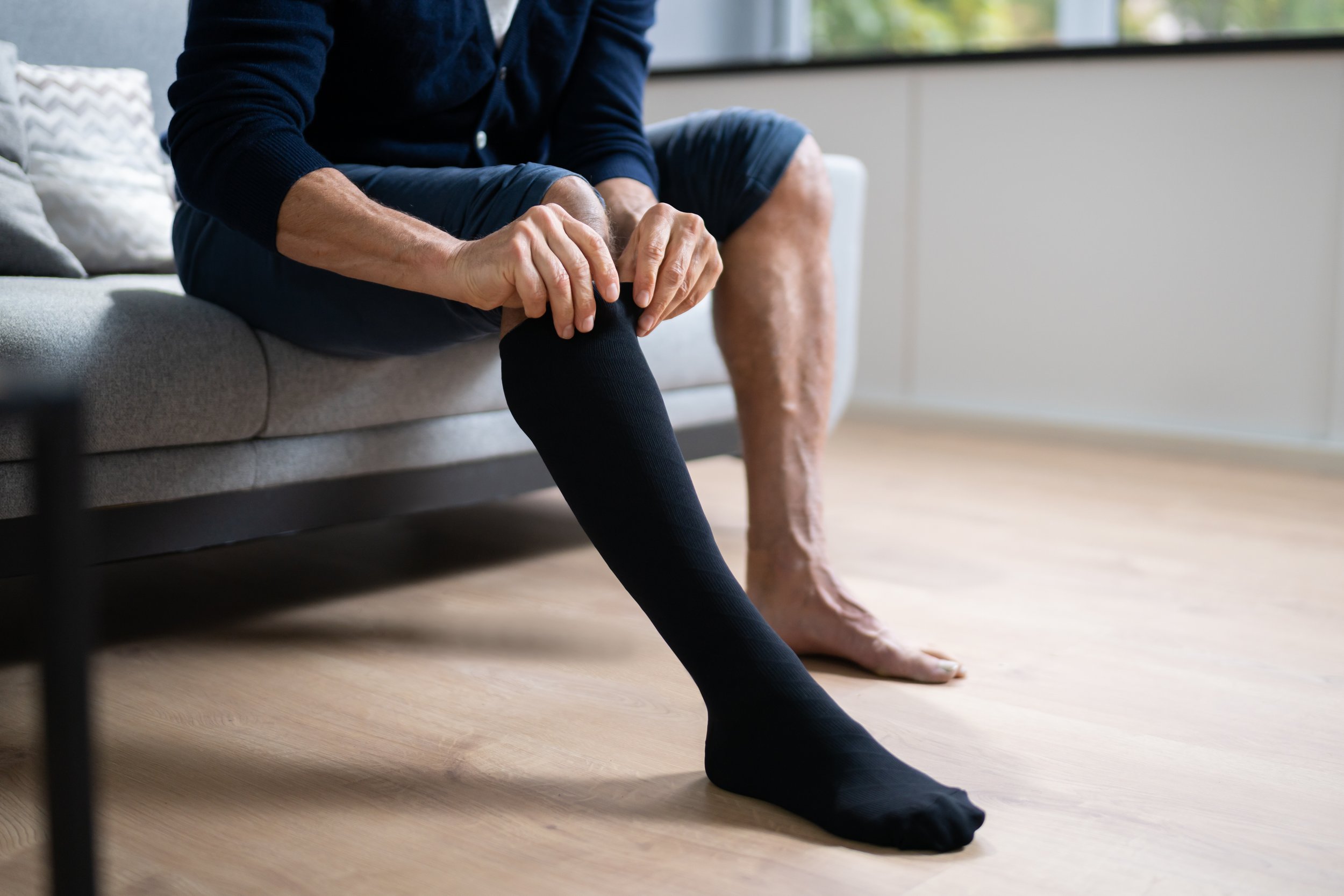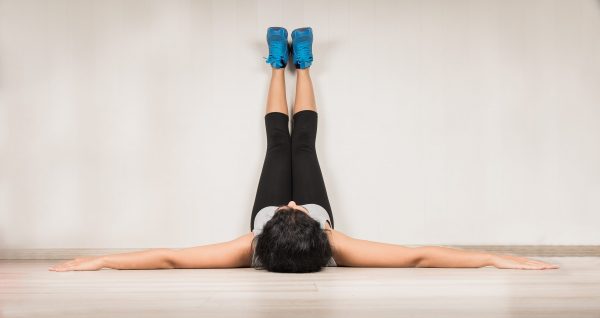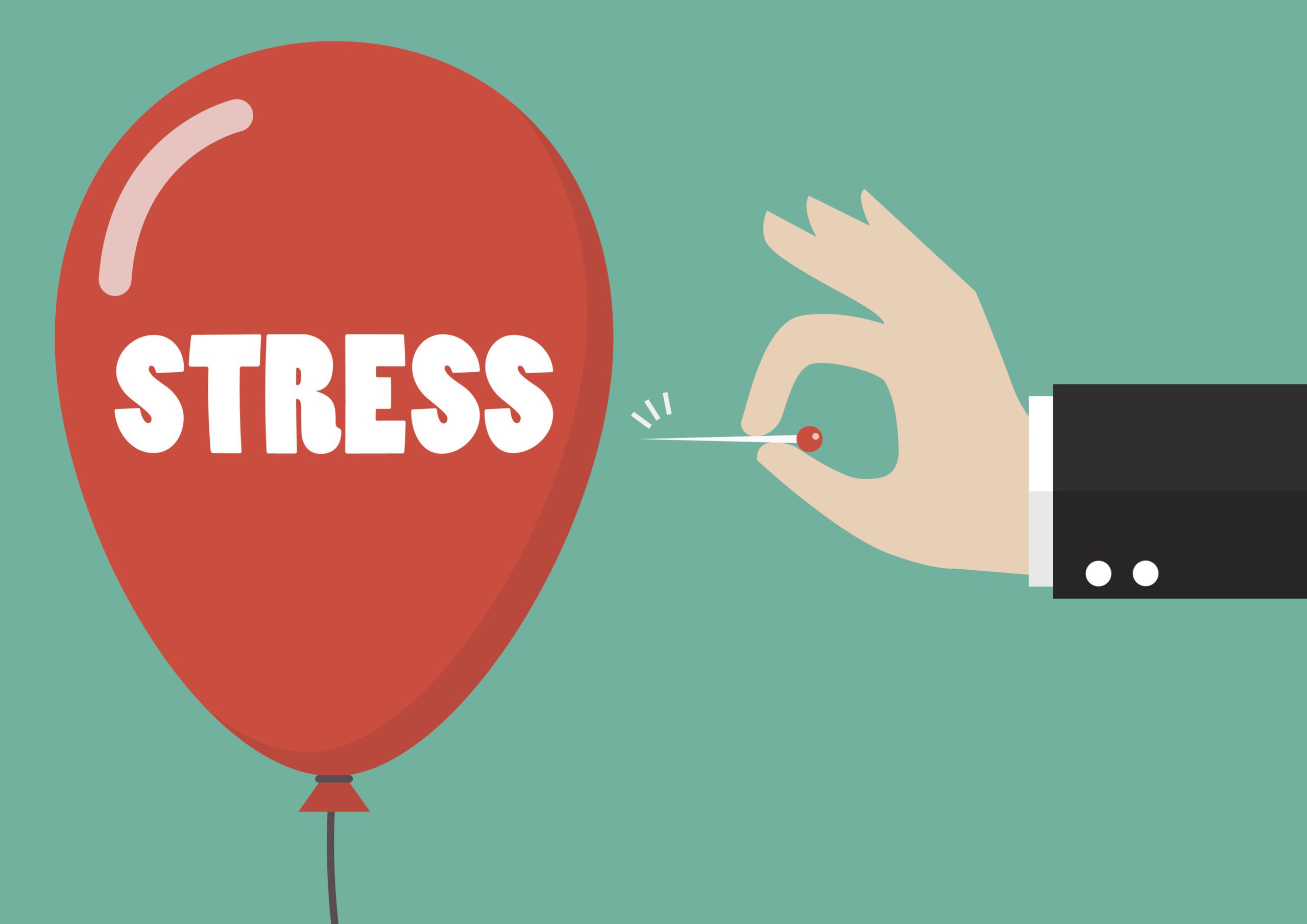10 Steps to Avoid Blood Clotting in Winter
1. Stay Hydrated
Keep your body hydrated by drinking plenty of water throughout the day. Adequate hydration plays a vital role in maintaining optimal blood circulation, ensuring nutrients and oxygen are efficiently transported to various parts of the body. It aids in preventing blood clotting by ensuring the blood remains at an optimal consistency. Additionally, staying hydrated supports the body's natural detoxification process, helping to flush out toxins and waste products. Therefore, make it a habit to drink water regularly, especially in colder months, to keep your circulatory system functioning effectively.

2. Move Regularly
Avoid prolonged sitting or standing. Engage in regular physical activity or take short walks to keep blood circulation active.
- Take short breaks for movement
- Incorporate daily physical exercises
- Use stairs instead of elevators
3. Maintain a Healthy Diet
Consume foods rich in antioxidants and vitamins. A balanced diet supports healthy blood flow.
- Include fruits and vegetables in your meals.
- Opt for whole grains and lean proteins.
- Reduce intake of processed foods and excess sugars.
- Stay hydrated by drinking sufficient water.
- Monitor portion sizes to maintain a balanced diet.

4. Wear Compression Stockings
Consider wearing compression stockings to improve blood circulation in legs and lower the risk of clotting.
- Choose the right size and type of compression stockings for your needs.
- Wear them consistently throughout the day.
- Consult a healthcare professional for guidance.

5. Elevate Your Legs
Elevate your legs while sitting or sleeping to reduce pressure on veins and promote better blood flow.
- Use pillows or leg cushions to elevate your legs while sitting or lying down.
- Avoid sitting or standing for prolonged periods.
- Perform leg elevation exercises as recommended by healthcare professionals.

6. Avoid Smoking and Alcohol
Smoking and excessive alcohol consumption can impact blood circulation negatively. Avoid or limit their intake.
- Avoid smoking tobacco products.
- Limit alcohol consumption to recommended levels or avoid it entirely.
- Seek professional help or support groups if needed to quit smoking or reduce alcohol intake.

For more health-related information:
7. Take Breaks During Travel
If traveling long distances, take breaks to stretch and move around, preventing blood from pooling in the legs.
- Plan regular intervals to stop and move around during long trips.
- Perform simple leg exercises or stretches while seated during travel.
- Walk around the vehicle or stretch at rest stops to promote blood circulation.

8. Maintain Warmth
Keep your body warm, especially extremities like hands and feet, to improve blood circulation in colder temperatures.

9. Manage Stress
High stress levels can affect blood flow. Practice relaxation techniques to reduce stress and promote better circulation.

10. Consult a Healthcare Professional
If you have specific health concerns or conditions related to blood clotting, seek advice from a healthcare professional.

